What is the Exact Algorithm used below to derive the Drift magnitude as a percentage? And how did they get these percentages for Top Drifting Features?
This is a sample dashboard for Azure Drift Detection in Data:

Azure has specified these algorithms below for each categorical and numerical feature:

But none of them return a percentage. And mathematically the Wasserstein distance (Earth-Mover Distance) can be any number from 0 to infinity. So how do they derive a percentage out of it?
There was a mention of the Matthews correlation coefficient (MCC) used for Drift magnitude. If so how does that work exactly?


